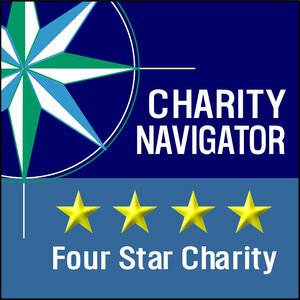Photo from the Western Folklife Center archives.
On Dec. 18, 2021, we lost a dear friend and esteemed colleague, Jim Griffith. His contributions to the work of the Western Folklife Center, to the field and practice of folklore, and to the understanding of the traditional cultures of southern Arizona and northern Mexico are vast. For this remembrance, I only touch the surface of Jim’s legacy of publications and public work and encourage you to read books and follow links included below to learn more about his life’s work and recognitions.
Jim was among the first generation of “public folklorists” to find a home for their research and cultural advocacy work in state arts and humanities agencies around the U.S., and in Jim’s case, as director of the Southwest Folklore Center at the University of Arizona. By the mid 1970s-early 80s, a passionate cohort of folklorists had been hired on in most of the western states thanks to the unrelenting efforts of Bess Lomax Hawes of the National Endowment for the Arts and others. Jim and this tight network accomplished groundbreaking work around the West, paving the way for future generations, including my own.
At a convening of folklorists in the mid-1970s, Jim proposed a regional cowboy poetry project. After almost ten years of discussions, fieldwork, and planning, the Cowboy Poetry Gathering came to happy fruition, in late January 1985. Jim and colleagues traveled to Elko to welcome over 40 cowboy poets from 15 western states to the stage, and Jim delivered the keynote to kick off the event. You can listen to that talk here—a fine example of Jim’s entertaining and illuminating public speaking style.
1985 National Cowboy Poetry Gathering Keynote by Jim Griffith
Jim’s contributions to the National Cowboy Poetry Gathering extended well beyond 1985. He was a tireless advocate for Arizona and northern Mexico artists and traveled to Elko for many years to respectfully host and provide educational context to numerous programs featuring artists from that region. In 1993, he delivered another keynote, “Vaqueros and Cowboys—Two Sides of a Single Coin,” as part of that year’s theme. At our evening dances, Jim could be seen beaming as he made his way around the dance floor, especially the year he brought the Santa Rosa Band and their waila dance music from Tohono O’odham country. And if you stayed up late enough, you might have been treated to a sample of Jim’s hefty repertoire of old-time songs and banjo tunes at jam sessions at the Stockmen’s.
In 2005, Jim delivered a passionate proposal to the Folklife Center requesting we feature Sonoran and Baja California vaquero culture at the Gathering in recognition of their rich history and connection to U.S. cowboy culture. We took up the challenge and those that were fortunate to have attended the 2008 Gathering were introduced to Sonoran ranch culture thanks to Jim and many others. I was happy to be invited to join Jim and his colleagues, Paco Manzo and Jesus Garcia, in some of the fieldwork in Sonora that contributed to those programs.
As many can testify, traveling with Jim in the region he loved was rich in history, stories, songs, food, people, sacred sites, architecture, and much more. These trips were also his way of informally sharing his approach to fieldwork and building long-term relationships. His classroom was in the field and with the people.
In recently rereading some of Jim’s books, I was delighted to come across this line in his A Border Runs Through It: Journeys in Regional History and Folklore. It wonderfully captures his work style and some of my memorable and meaningful times with Jim.
“ ....we’ll go about our journeying somewhat the way my dogs take a walk in the desert, dashing off to investigate strange sights, smells, and rumors, and always alert to the possibility of food.”
May Jim’s next journey be rich with strange sights, smells, and culinary delights.
With deep respect,
Meg Glaser




For more on Jim’s life and work:
Tribute page on the Southwest Folklife Alliance’s website
Video slide show from fieldwork in Sonora, 2003 (courtesy of Steve Green)
Selected list of books written by James S. Griffith:
Southern Arizona Folk Arts. Tucson: University of Arizona Press, 1988.
Beliefs and Holy Places: A Spiritual Geography of the Pimeria Alta. Tucson: University of Arizona Press, 1992.
A Shared Space: Folklife in the Arizona-Sonora Borderlands. Logan: Utah State University Press, 1995.
Hecho a Mano: The Traditional Arts of Tucson’s Mexican American Community. Tucson: University of Arizona Press, 2000.
Folk Saints of the Borderlands: Victims, Bandits, and Healers. Tucson: Rio Nuevo Publishers, 2003.
A Border Runs Through It: Journeys in Regional History and Folklore. Tucson: Rio Nuevo Publishers, 2011.
Saints, Statues, and Stories: A Folklorist Looks at the Religious Art of Sonora. Tucson: The University of Arizona Press, 2019.





